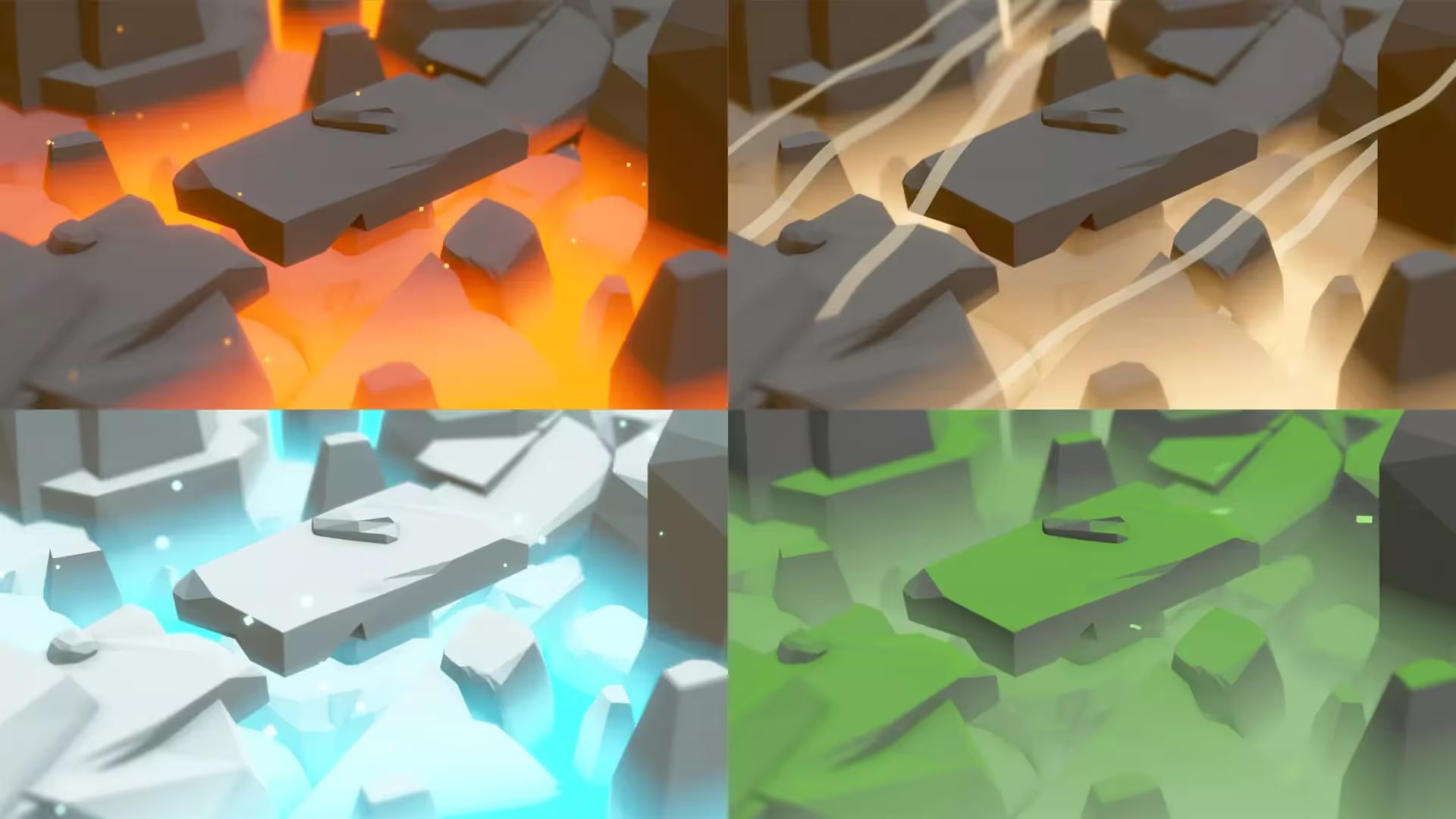What are jiggle physics?
The quest for ultimate realism in the world of game development led to the birth of Jiggle Physics.
This special technique is used to simulate the movement of soft-bodies for game characters. Bounce. Bounce. Hear that? That’s the sound of some jiggly physics.
Jiggle physics is now extensively used in video games. (The GTA 6 trailer included a prominent feature of jiggle physics in the twerking clip).
If you’ve ever wondered how this intriguing technique works, this article will provide you with all you need to know about Jiggle physics.
What is Jiggle Physics?
Jiggle Physics, also known as soft-body physics, is a technique used in video game development to simulate realistic movement of soft body parts of a game character.
Soft body part movements like breasts, hair, and muscles, are simulated with this technique. With the jiggle physics technique, realism and the ultimate immersive world are achieved in video games.
The fighting game Fatai Fury 2 in 1992 was the first video game in which jiggle physics was first featured. The technique was evident in a female character Mai Shiranui as she was seen to have jiggly breasts.
This is why Jiggle physics is also known as Breast physics as it is extensively used to simulate the movement of breasts for female characters.
Other games that have featured the jiggle physics for simulated breast movements include Mortal Kombat, Dead or Alive, The King of Fighters, Soulcalibur, Resident Evil, Skullgirls, and many others.
Fortunately, we’re starting to see jiggle physics employed for other physical soft-body movements as well. These include soft-body muscle simulation for animals (see Red Dead Redemption 2) as well as for humans (see recent fighting games).
Before the jiggle physics technique gained prominence in the simulation of breast movement, it was first used to simulate movements of hair, clothing, and other soft body parts.
Check out this resource for more understanding of the concept.
How jiggle physics works
Jiggle physics operates using the physics engine. It incorporated the physics engine to handle the soft-body physics. The physics engine helps in simulating the interactions of objects in the game world, as well as interactions with the environment.
However, the downside of this technique is its performance cost.
Jiggle physics is averagely computationally expensive, especially when it comes to the simulation of multiple large bodies simultaneously. As a result, this technique is not common among indie developers due to a lack of financial resources to develop and implement a performant, high-quality jiggle physics solution.
Typically, jiggle physics feature most often in more well-established game developer studios due to the additional development costs associated with this technique.
Recently, costs have come down and open-source or proprietary plugins have come to market that have unlocked jiggle physics for a wider variety of games.
Overall, jiggle physics is commonly used in video games, including action, fighting, adventure, and role-playing games. Jiggle physics is significantly useful in enhancing visual ambiance and immersion of characters and environments.
Check out this resource for more information.
Jiggle physics in Unity
Unity supports the use of jiggle physics. Jiggle physics can be implemented in Unity using built-in components or third-party assets.
The Cloth component is a built-in component in Unity for simulating the behavior of soft objects like clothing. To use this component, just attach it to a GameObject (the soft object you want to simulate) and adjust the necessary parameters. Unity will run the simulation automatically.
Learn more on using the Cloth component in Unity here
Apart from the Unity built-in component for jiggle physics, there are third-party assets available for ready use on the Unity Asset Store. Just search for Jiggle Physics under the animation menu in the Unity Asset Store. You have a variety of exclusive assets for jiggle physics.
Conclusion
Jiggle physics gives your game projects a more dynamic and bouncy feeling. This can help your game to be more grounded in realism. If pushed too far, it can bring your game past realism.
Leveraging Unity’s built-in components and third-party assets, game developers can implement jiggle physics in their Unity projects and experience a high level of realism.
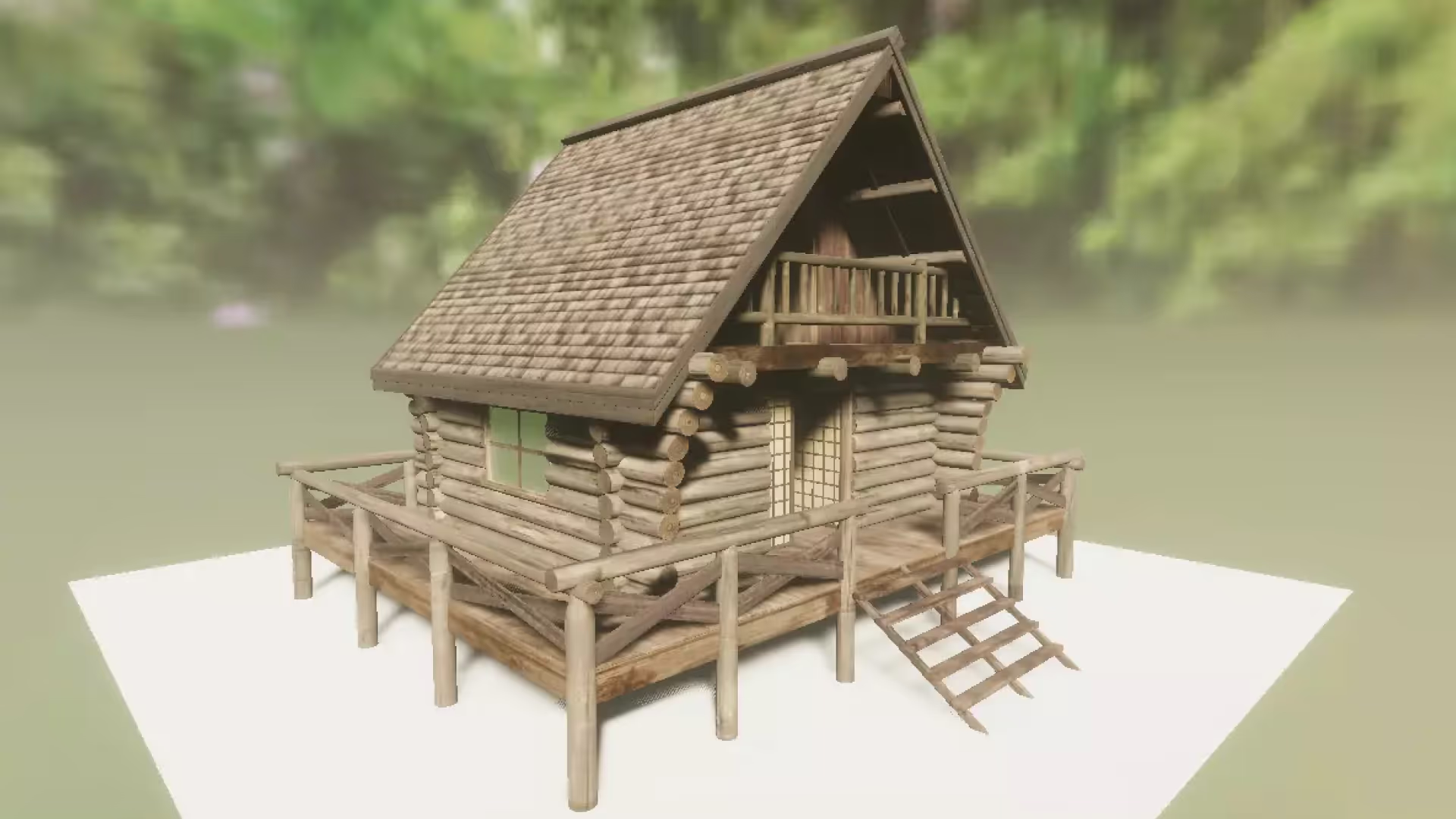

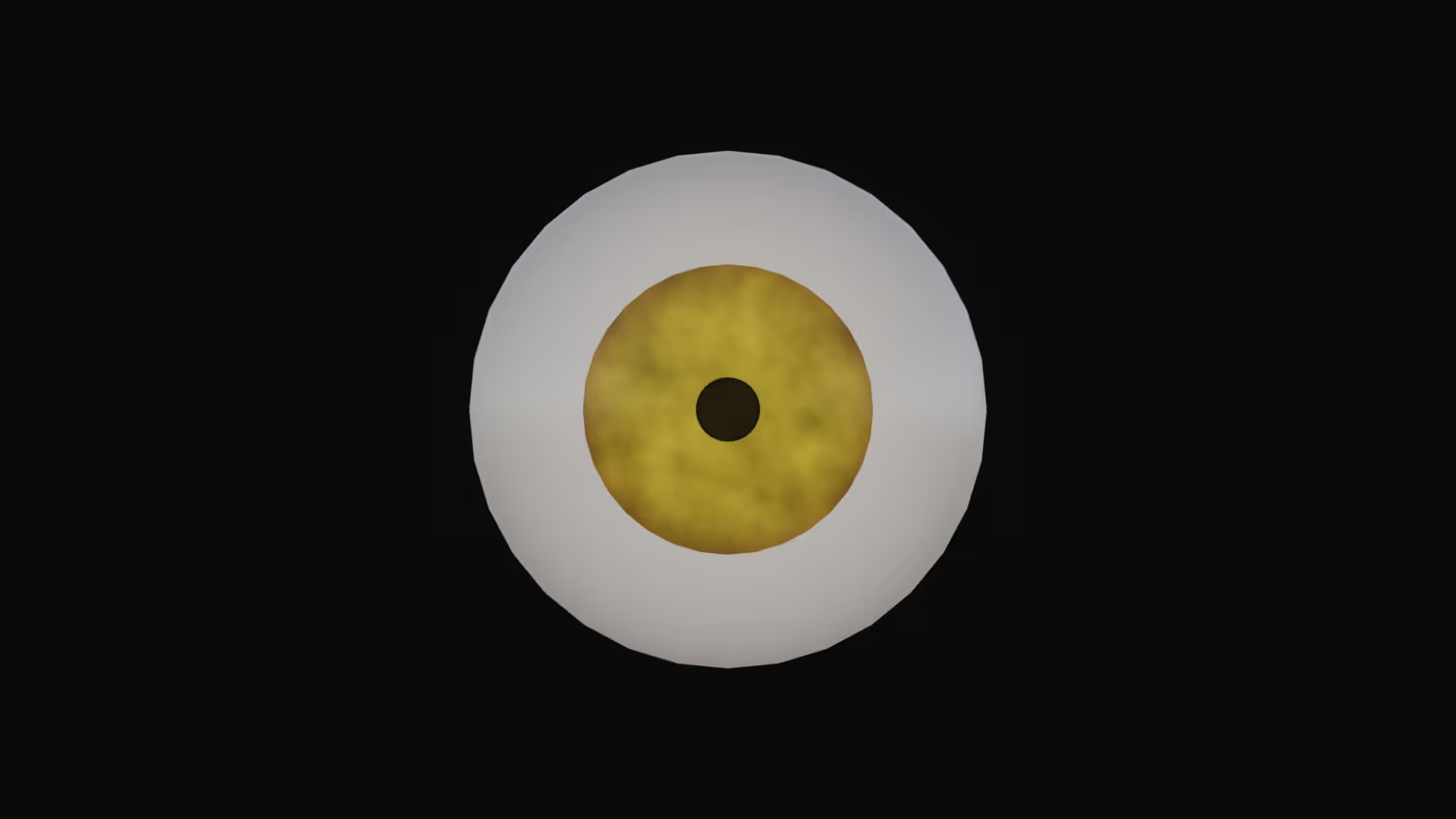

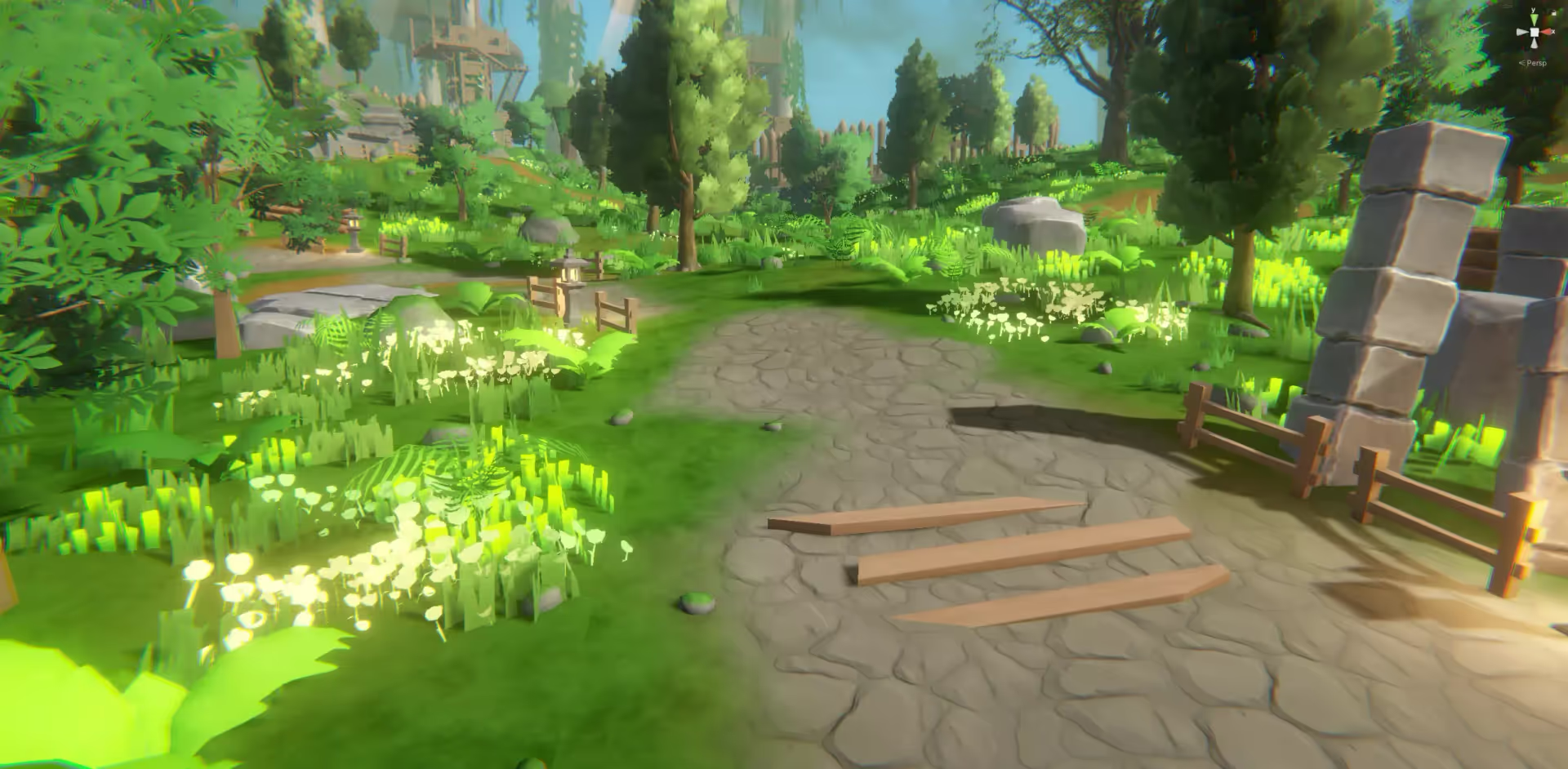
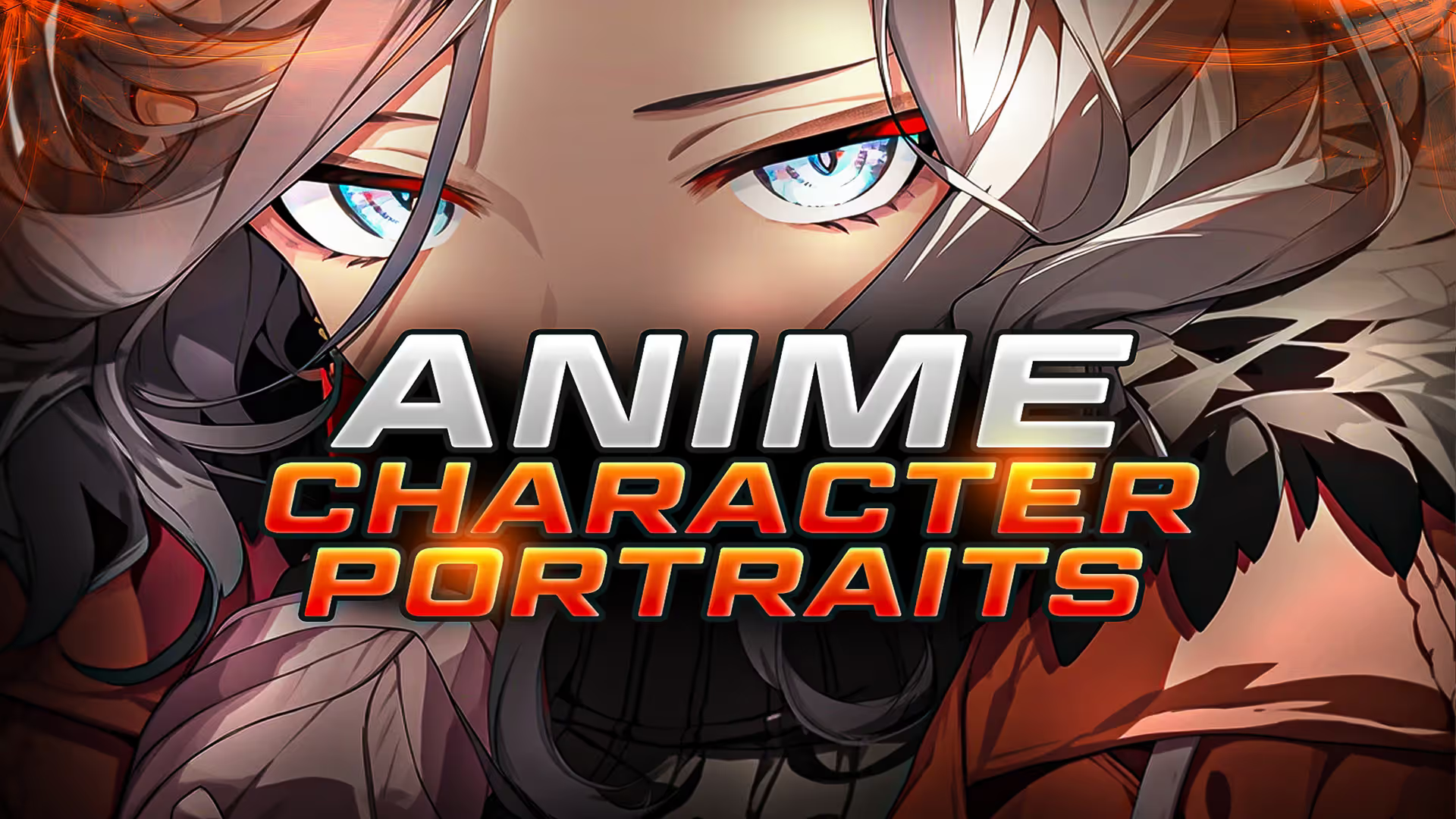
.avif)

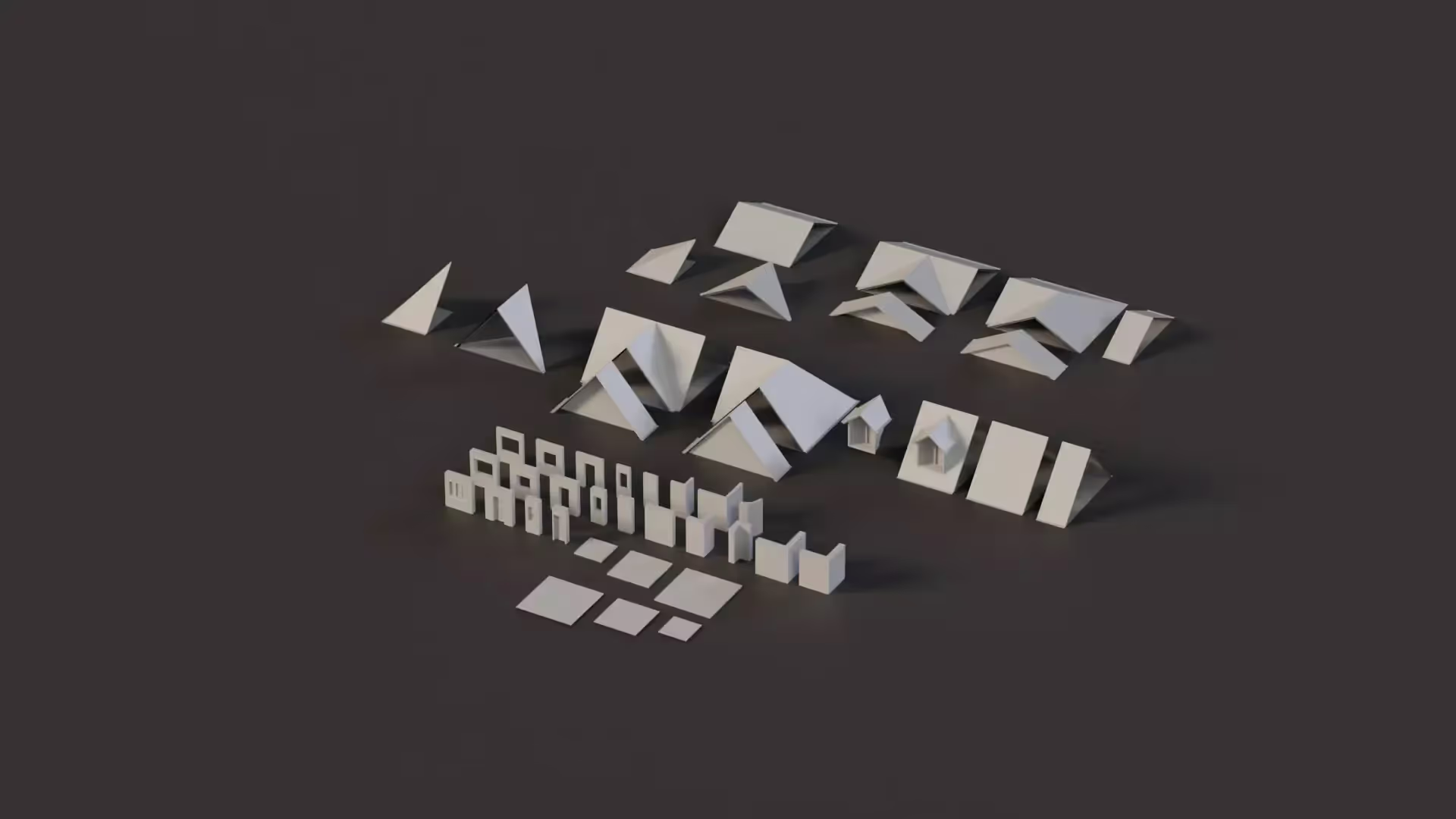

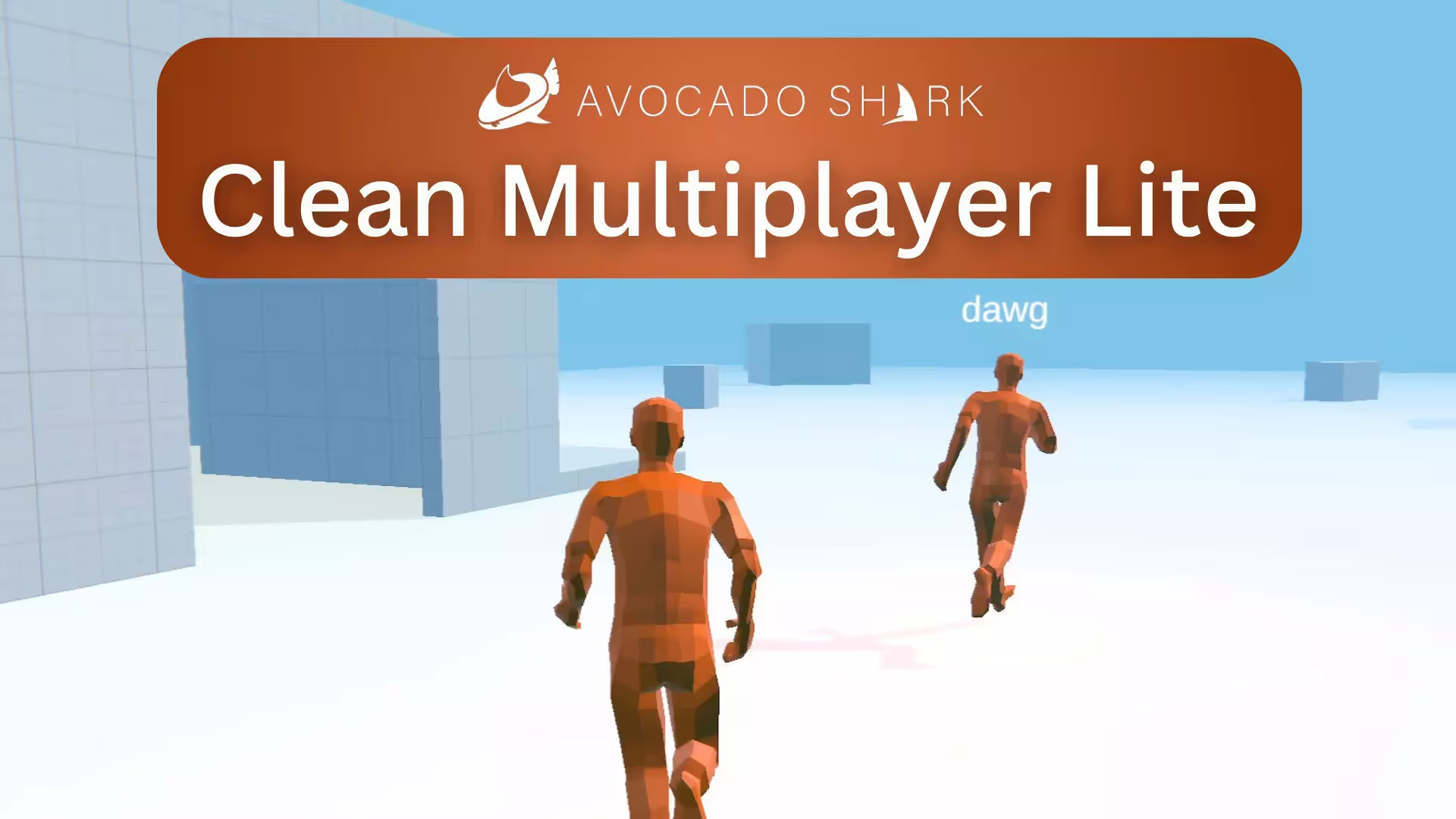
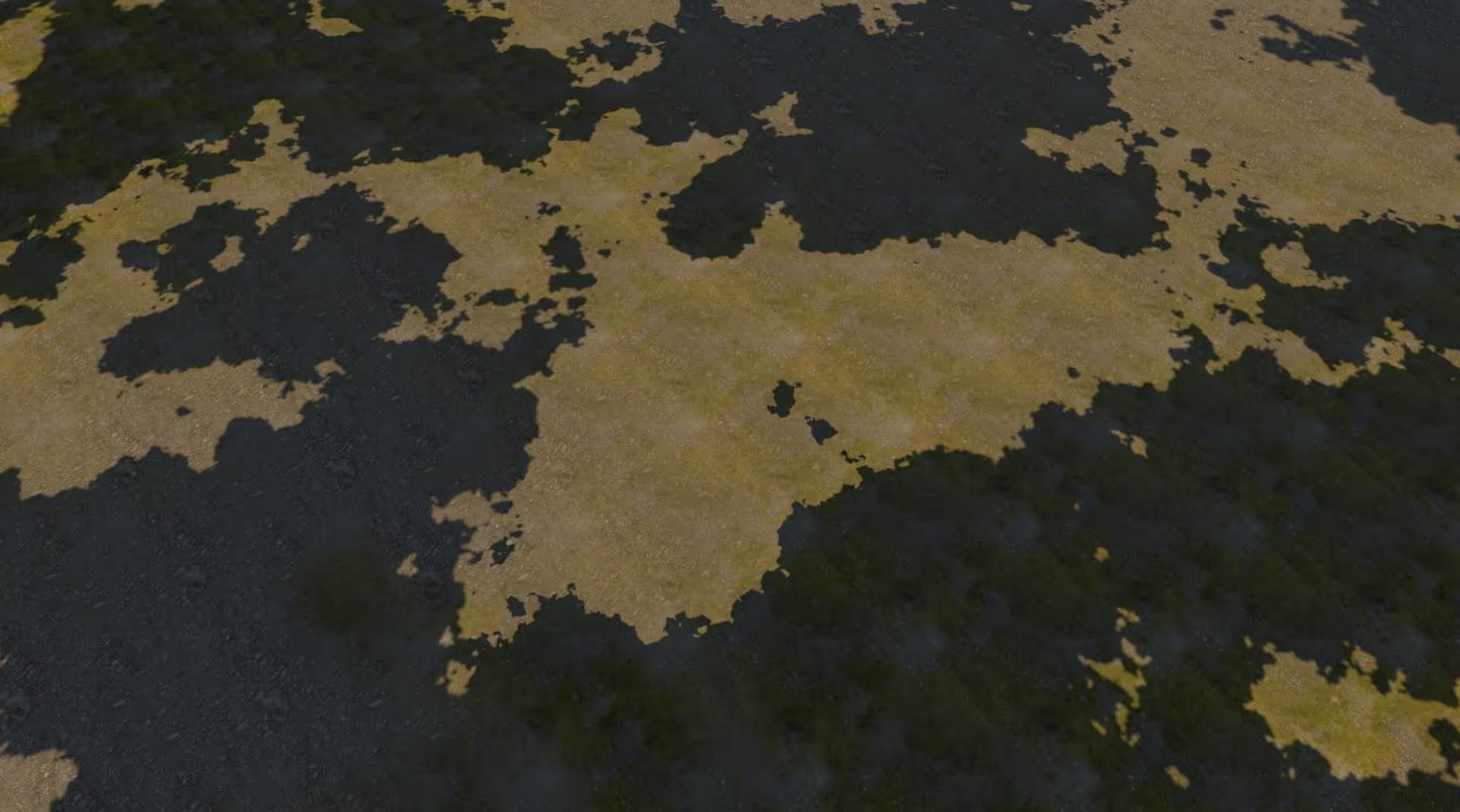
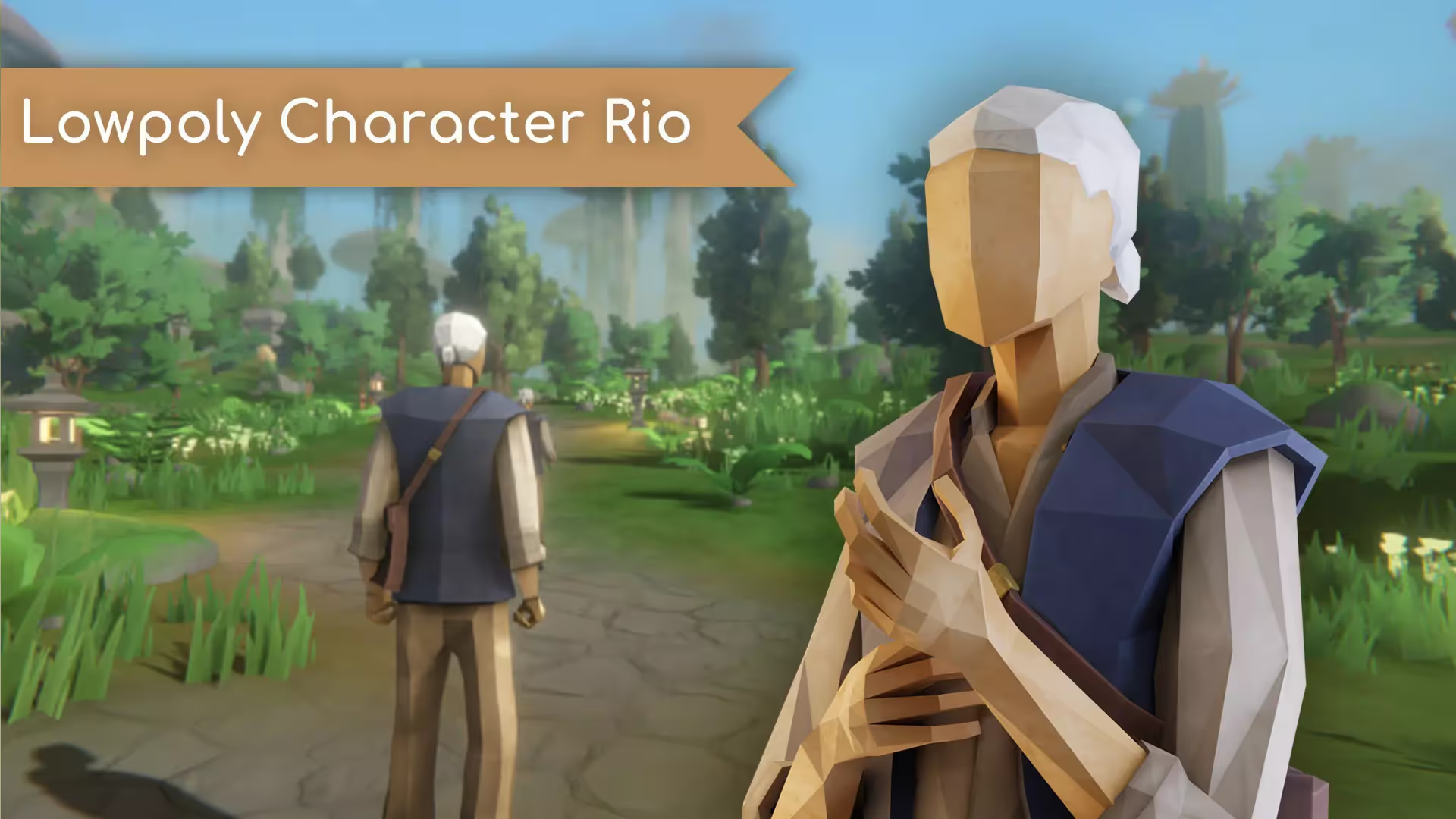
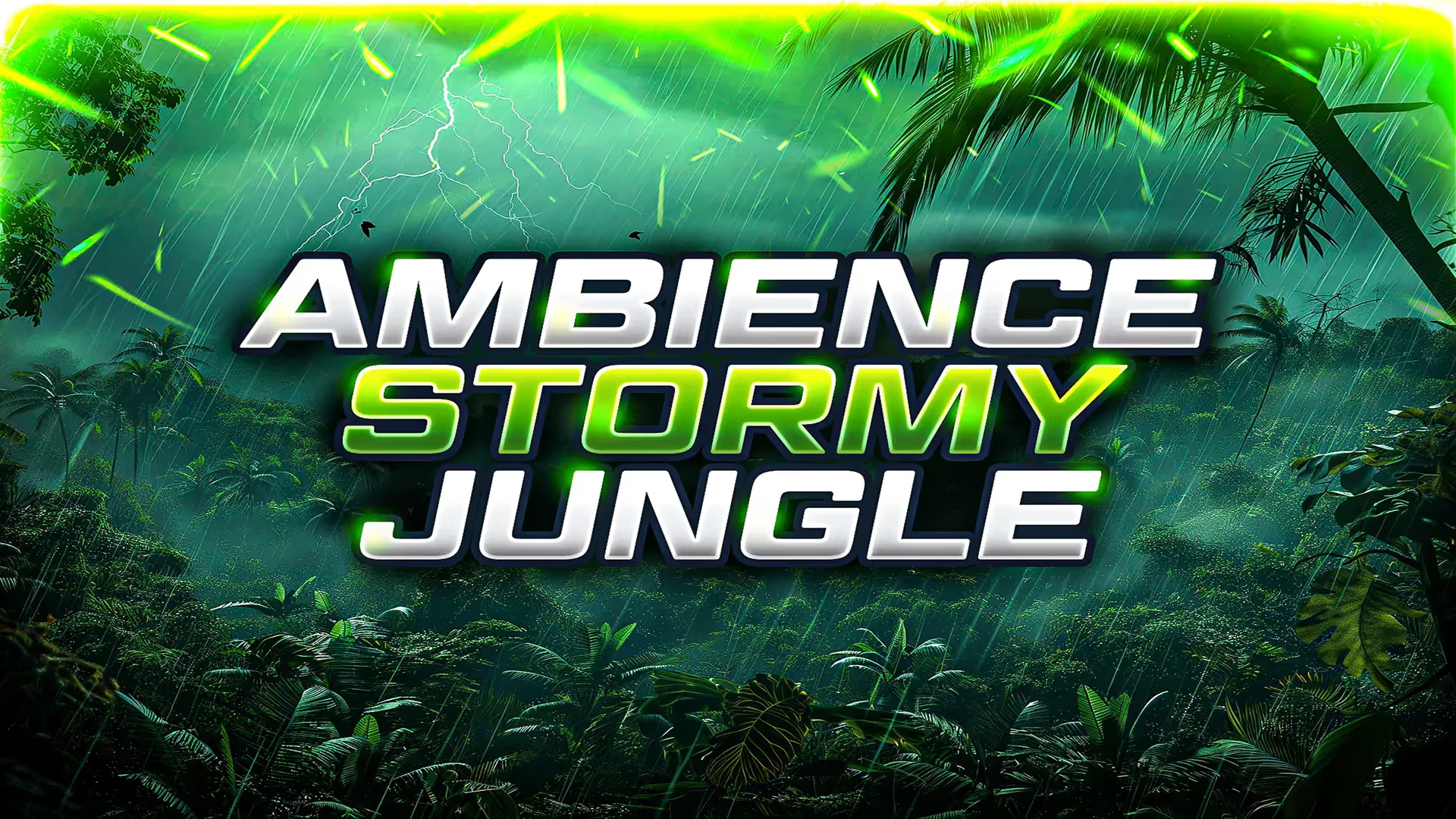
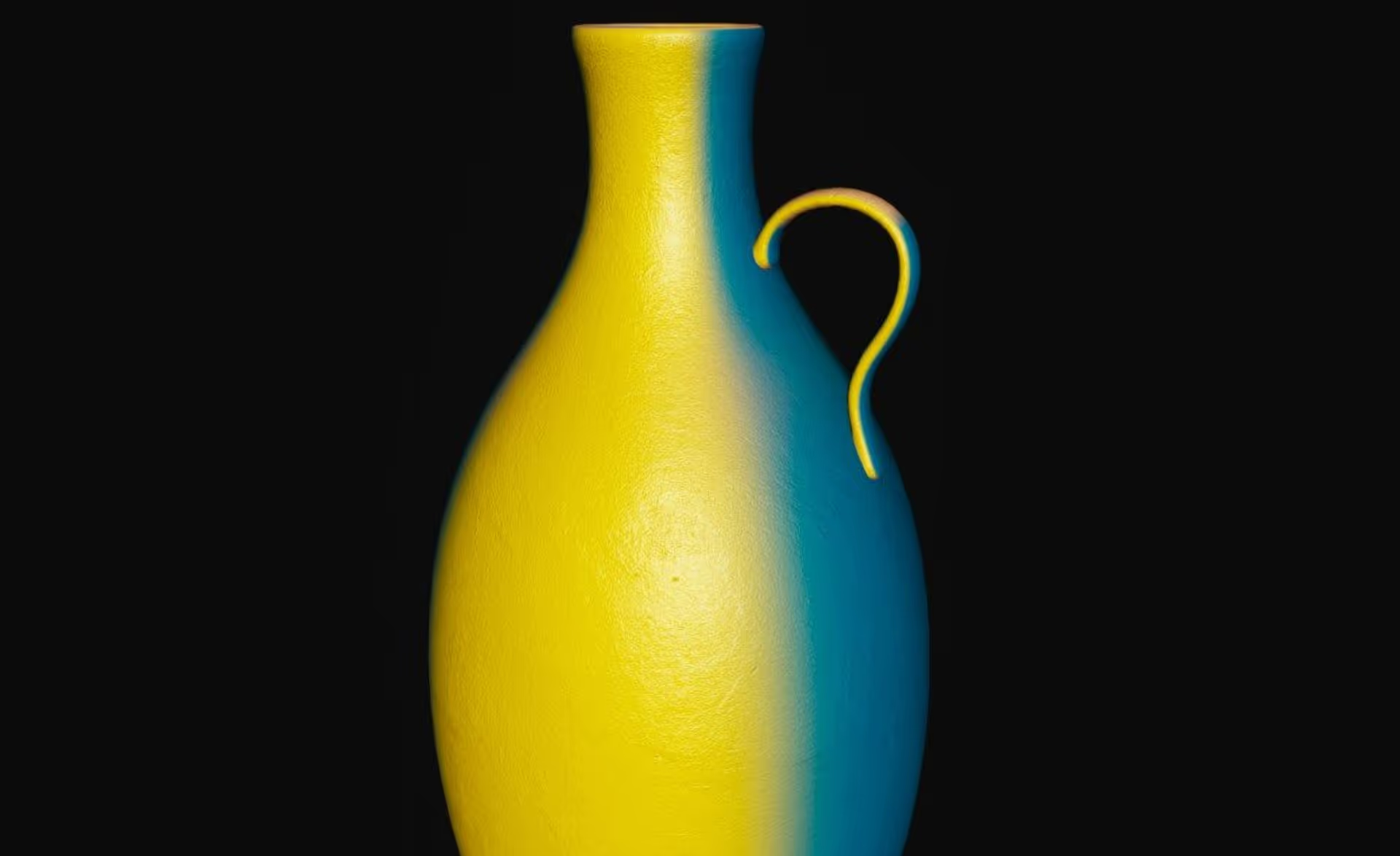

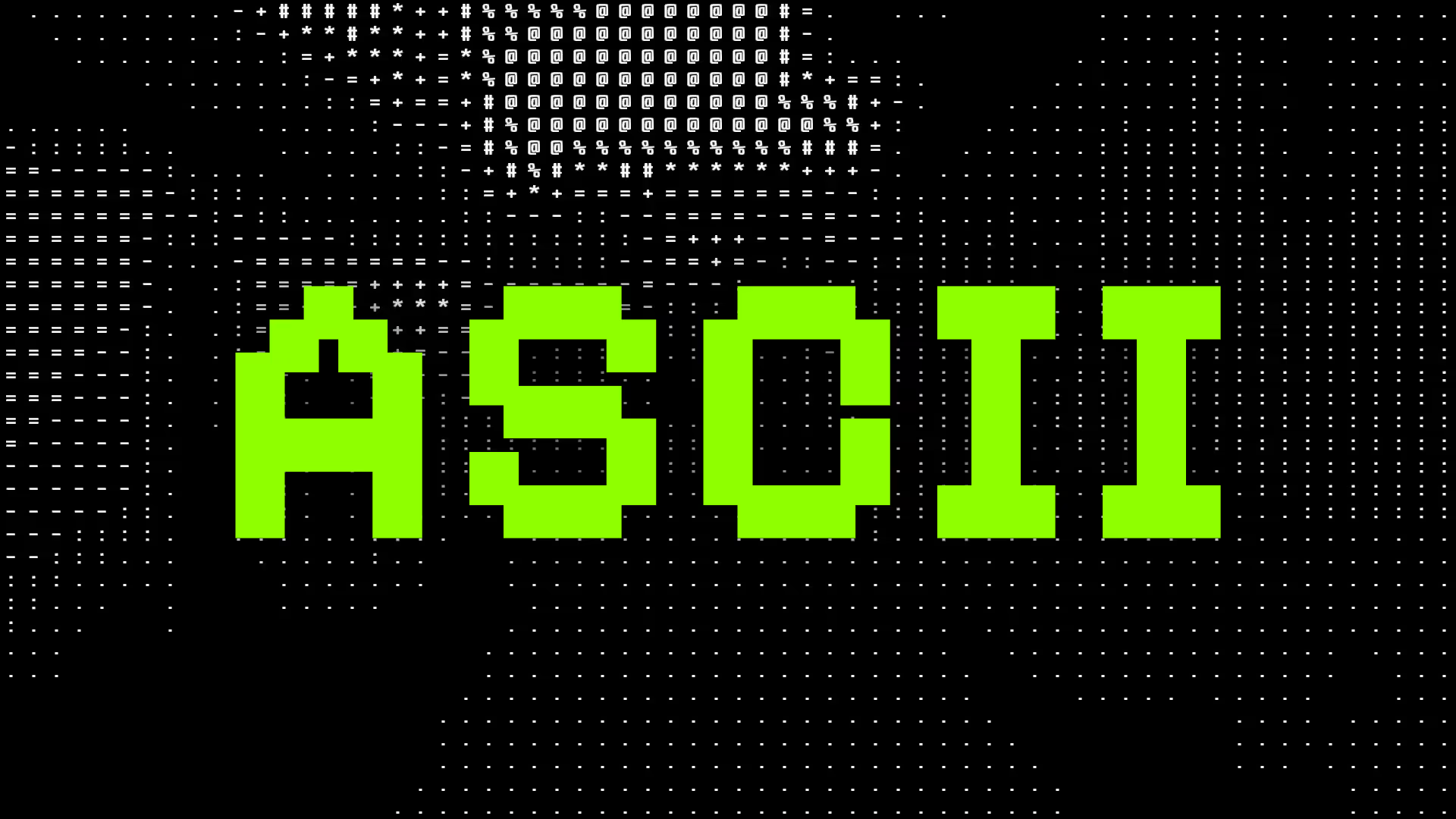
.avif)



.avif)




